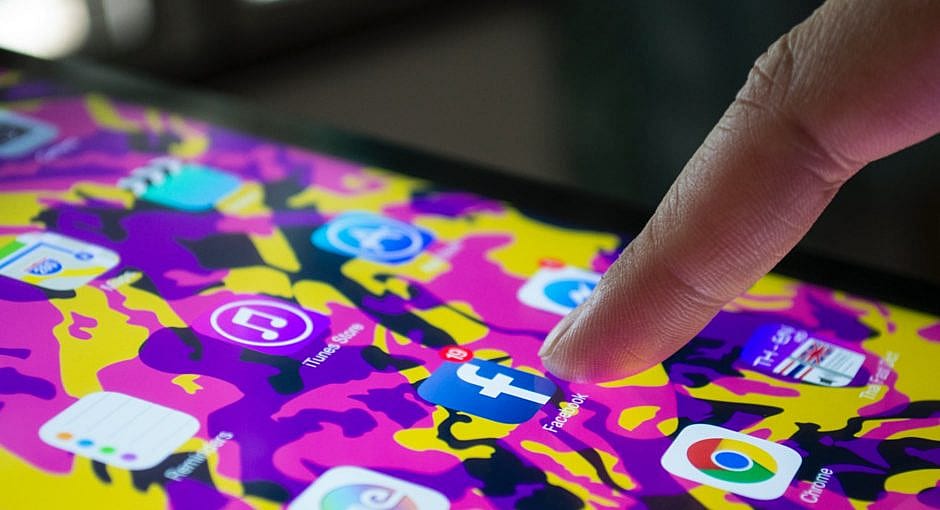Expanding your marketing efforts to new national markets is an exciting and critical moment for your brand. Do it properly and your company’s revenue can sky-rocket by tapping into massive audiences previously off-limits — but do it on the hoof and your international brand will most likely be strangled in its infancy.
Navigating the minefield process of localizing your campaigns to each market without any prior experience can be daunting, especially so with limited funds, but there are a few simple procedural changes marketers can make to their strategies to ensure that creative social supports international expansion. First up…
1 – Define the local market
People in different countries use different social platforms. If you’re in charge of localizing your company’s social media output to new markets, your first port of call should be to work out which platforms are popular in each market — even if they’re unfamiliar to you — and which also are the best fit for your brand.
For example, you can forget about using Twitter, Facebook or Youtube to break into the Chinese market as all three have been banned by authorities. But there are always alternatives to the channels you’re used to — Qzone or Renren are massive in China.
Once you’ve worked out which social platforms will work in each country your localising to, the next step is to spend some time truly understanding exactly what people are using these sites for; is it microblogging? Sharing videos? Private messaging? The myriad distinctions in function between each social media platform can be dizzying but the best way to get to the bottom of what a channel is all about is to ask the question: what makes this channel successful and popular in this market? Once you have the answer to that, you’re en route to comprehending the essence of a platform.
2 – Think culture
If you want your message to translate effectively across cultures, your content must be relevant and look native to each specific culture. Stay on top of the social and political climates in each market and you’ll avoid churning accidentally insensitive remarks in to the public sphere. Remember Kenneth Cole — the best way to introduce yourself to a new market is certainly not to insult that market.
Do your research, respect societal norms and draw up a culture/style guide for each market. Anything less and your social efforts will be wasted.
3 – Think tone
Related to culture but still distinct enough to deserve separate consideration. This is more about researching the general attitude and personality of a market. When marketing to your own country this is an instinctive process, honed through years of growing up and gaining a sense of nationhood. Unless you’ve spent serious time in the country you’re creating social content for, you will not be afforded this luxury when marketing to new markets and will have to learn it from scratch.
A combination of field and desk research is vital to achieving this. Add it into your cultural style guide and consider the importance of “transcreating” — rather than simply translating your campaigns.
4 – Create localization-ready assets
The scourge of every global marketer is having to work with creative that hasn’t been designed with localization in mind. Creating assets like videos, memes and infographics can be expensive enough — being lumped with a tranche of non-localisable creative that has to be made all over again for a new market is insanity; wasting time, money and resources.
If you’re rolling out a campaign across multiple markets, instruct your creative team to plan all assets with localization in mind and to do their utmost to streamline processes at every opportunity. This can be as simple as sending .psd asset templates for infographics to each localization team (rather than .jpgs which have to be edited all over again, inevitably creating unwanted variations between markets). All that planning will be worth it and make the localization process as stress-free as possible.
5 – For god’s sake, don’t use Google translate (find yourself some locals)
Number one sin of localization: Google Translating your copy. I struggle to believe anybody still does but if you do, stop it, stop it right now. This article will help you understand why.
If you have the money — and you shouldn’t be expanding your marketing if you don’t — create local teams in each country who can be in charge of adapting content to their markets. Cultural savvy is essential here — in-market linguists are best positioned to decide if a particular piece of social content is relevant to the target country, not only in terms of content but also tone. Avoiding committing cultural taboos and understanding what encourages social engagement are not two of Google Translate’s strong points — so get yourself a local.
A good alternative is using Unbabel, who offers an online translation service that combines Artificial Intelligence with Crowd Post-Editing, to provide a seamless translation. These guys are actually trying to get the brands’ tone right for their translations.
Also, consider applying strict version control and don’t let translators or designers copy/paste content. Subtitling apps can support translators with local market knowledge and help your brand create high quality, geographically relevant content.
6 – Keep up to date with the rules
When it comes to multiple market translation, social media platforms are prone to messing around with their rules. YouTube, for example, are scared of skewed view counts and have strict rules in place that most marketers must adhere to — just having different subtitles doesn’t quite cut it. In China meanwhile, there is a long list of words that you are simply not allowed to use (you’ll be banned from all networking if you do).
Again, the key is to do your research, as well as continually staying on top of any developments in social media platforms’ policies.
7 – Unify
While it’s important to tailor your content to multiple markets via segmentation, it is equally important to unify all of these markets through one global brand account — the ‘daddy’ account.
We hope these steps can help you localize social media campaigns. Let us know what you think. How are you crafting your social media strategy around the globe?
Interested in knowing more about Dark Social & Analytics?
[su_button url="https://getsocial.io" target="_blank" style="flat" background="#21D2B5" color="#ffffff" size="7" wide="no" center="yes" radius="auto" icon="" icon_color="#FFFFFF" text_shadow="none" desc="" onclick="" rel="" title="" id="" class=""]SIGN UP FOR FREE[/su_button]





